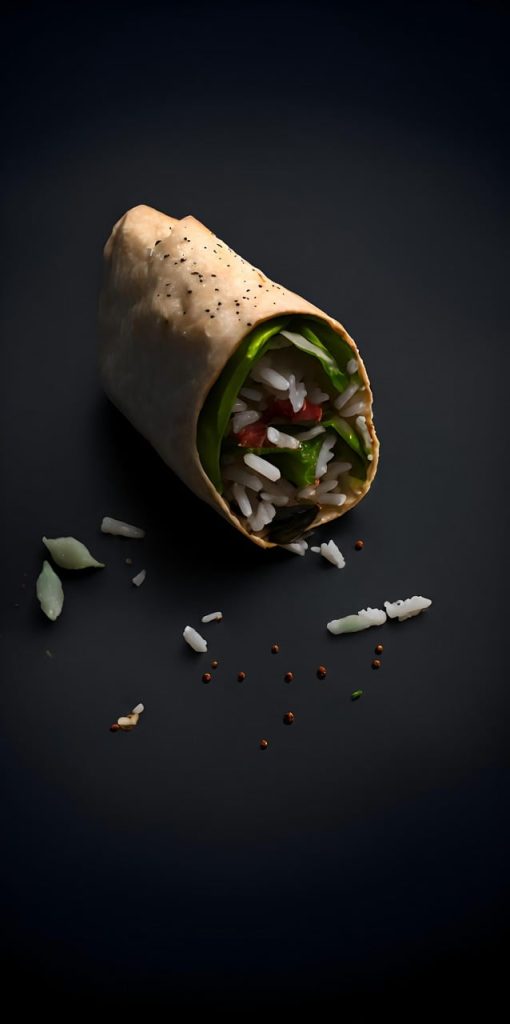All fields are required
Posted in Food Safety,Our Blog on March 18, 2024


Image by Your activity, is my stimulus! from Pixabay
Do Foodborne outbreaks affect stock prices for publicly traded companies? A recent study published by University of Illinois Urbana-Champaign explores this concept. With so many outbreaks, eight between the study period of 2015 – 2018, Chipotle made a great subject for this paper.
The convenience of eating out has its perks. You can have a variety of dishes to satisfy what each family member is craving. It also saves time, as you don’t have to shop for ingredients to make the meal. The biggest benefit I personally see from eating out is that you don’t have to do dishes!
It is no surprise that people are eating out more now than ever. Also, the many conveniences such as pre ordering or delivery options via apps streamline the experience make it easier more now than ever. In 2021, a survey found that 60% of Americans reported that they have used a food delivery app to order food.
We spend about 70.1 billion dollars eating out each month! This could be because roughly 49% of what Americans spend on food is used eating out.
But it isn’t all about convenience. According to a study, 38% of Americans say they eat healthier when eating out than when they prepare food at home.
With demand for food outside of the home increasing, and more meals coming from restaurants, other statistics are likely to correlate along with them.
Restaurant originating foodborne illness has also seen a rise.
Over 60% of foodborne illness outbreaks occur at restaurants in the United States each year. Nearly all (97%) are limited to a single state.
Multi-state outbreaks tend to get more press than smaller single-state outbreaks linked to restaurants. Does this impact public opinion and subsequent confidence in the company? If so, stock prices may be a unit of measurement. More specifically, fluctuations in prices in response (if at all) to foodborne outbreaks.
This study was aimed at understanding what financial impact, if any does a multi-state outbreak have on a restaurant.
When considering how foodborne outbreaks affect stock prices in publicly traded companies, Chipotle Mexican Grill (known familiarly as Chipotle) makes an excellent case study. During the evaluation period of 2015 – 2018, the restaurant was linked to eight outbreaks.
Sifting though the data, researchers found that foodborne outbreaks affect stock prices very minimally, if at all. These events get minimal media attention.
Data shows that Chipotle’s multi-state outbreaks generated a stock price decline of around 5.48%. This translates to a decline of market capitalization totaling around $1.75 million.
That may sound like a lot to the average person, but on a Chipotle Scale, it is on the scale of a Kids Meal Combo. The data shows no significant financial losses as a result.
Data shows that multi-state outbreaks result in larger scale media coverage. This seemed to impact investor confidence and had a negative effect on stock prices.
On a Chipotle scale, this is about a regular burrito.
When a multi-state outbreak occurs first, then a smaller single-state outbreak happens, the data gets interesting. It has about the same outcome, if not larger than the expected effect as multi-state outbreaks.
Data showed a decline of 4.06% to 7.28%, creating a loss of between $1.26 million and $2.04 million.
The Chipotle scale for this one is more like a fully stuffed burrito bowl. With a tortilla on the side for good measure.
Intraday data showed that the stock market reacted quickly to both Chipotle’s multi-state outbreaks and subsequent single-state outbreaks. And it happens quickly – in as little as a minute following the announcement.
Why is this?
Researchers chalk this up to chronic low-level anxiety. While the public may have a short memory, the media does not. When the media reminds the public of previous outbreaks, as they are wan to do, it can seed doubt about the continued safety of the product. Even if the outbreak was 5 years apart, and in a different state, the food scare can affect confidence in the restaurant. This shift in public opinion often translates to a direct affect on stock prices of publicly traded companies.
Research data has shown that impact on consumer behavior can occur as early as day one of the announcement. In order to mitigate this financial impact, restaurants must get ahead of the situation.
First, building a robust foodborne illness prevention plan should be the top priority. Don’t give them anything to talk about. Go about making good food in a safe way so that you gain public popularity and investor trust.
Additionally, engaging media and the public to show that they are working towards a solution and being a part of the discussion as opposed to simply the subject of the discussion can help shift the conversation, albeit slightly.
Social media can be a restaurant’s best friend or enemy. A frenemy, if you will. Social media influencers, memes, tweets, likes, and shares can all promote a restaurant, as it often does with Chipotle.
It is a double-edged sword though. That same audience is also watching when things go wrong.
While the public is watching social media, investors are watching the public.
A study reviewing the tweets during the 24 hours following a Centers for Disease Control and Prevention (CDC) announcement of a Chipotle foodborne outbreak, the most influential actors were noted. In this case, interaction with traditional media personalities, such as those from New York Times, CNN, ABC, and others via likes, shares, retweets, etc. increased.
A larger study focused on the months surrounding Chipotle’s multistate E. coli outbreaks showed that all top influential accounts originated from these large media outlets.
The public no longer gets all of their news from papers and the morning/evening television program. Social media is a constant in the palm of their hands. Quite literally! It is also a way for investors to sample public opinion and often influences shifts in investment activities.
Studies show that large chains are less likely to have critical health code violations. Much of the “behind the counter” activities are streamlined and corporately mandated. Everyone should be on the same page.
These chain restaurants also have different cost structures and access to capital. This helps them weather the financial storm and recover more easily than some non-chain counterparts.
Consumers are also more likely to return to a chain restaurant following an outbreak than a non-chain restaurant. Data on this topic isn’t very clear. Does the sheer amount of advertising a chain restaurant invests in impact these buying decisions? Or is it that consumers have previously imbued more trust in smaller, non-chain restaurants, and therefore had farther to fall than the big guys?
If you’d like to know more about food safety in the news, like Do Foodborne outbreaks affect stock prices for publicly traded companies? Check out the Make Food Safe Blog. We regularly update trending topics, foodborne infections in the news, recalls, and more! Stay tuned for quality information to help keep your family safe, while The Lange Law Firm, PLLC strives to Make Food Safe!
By: Heather Van Tassell (contributing writer, non-lawyer)